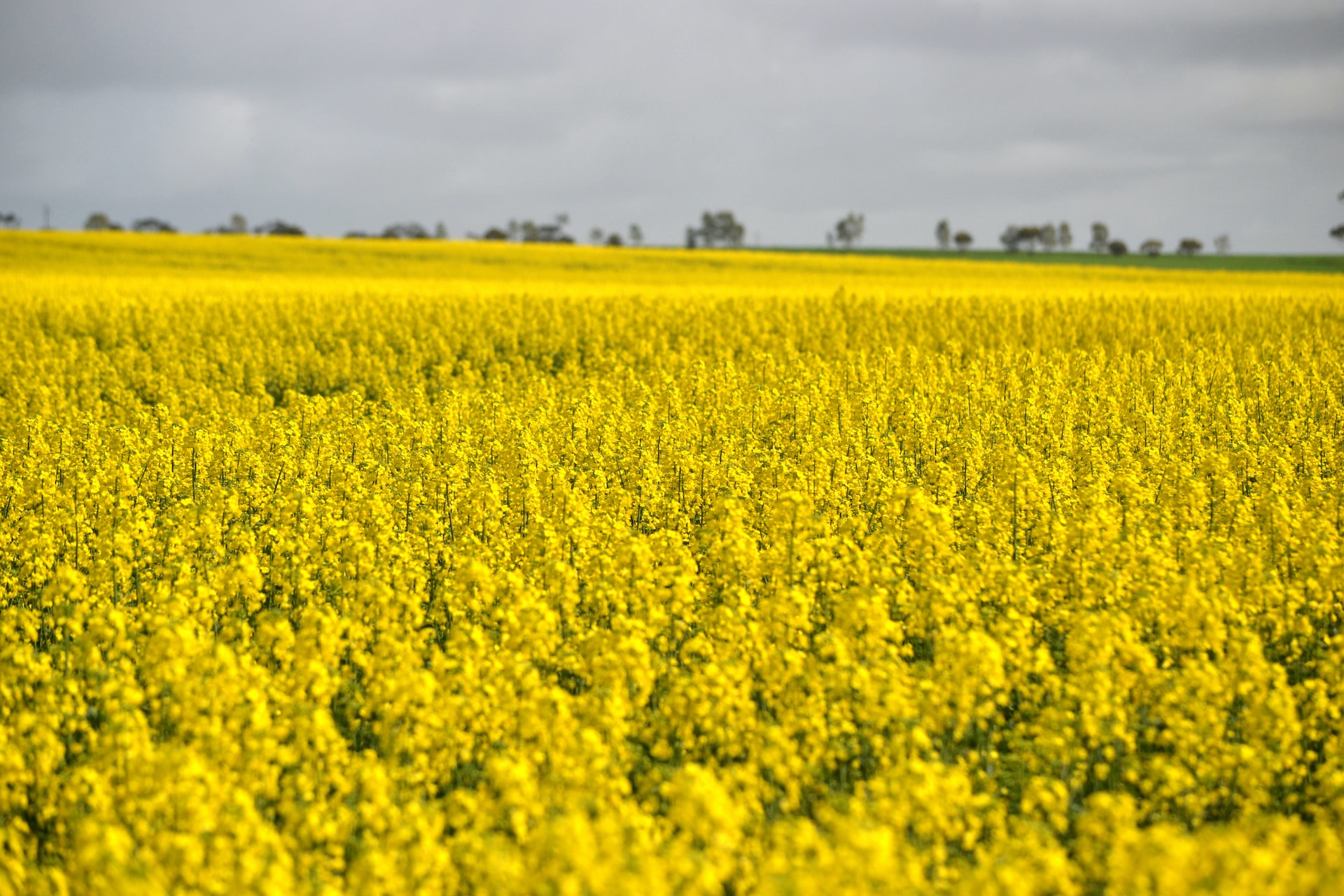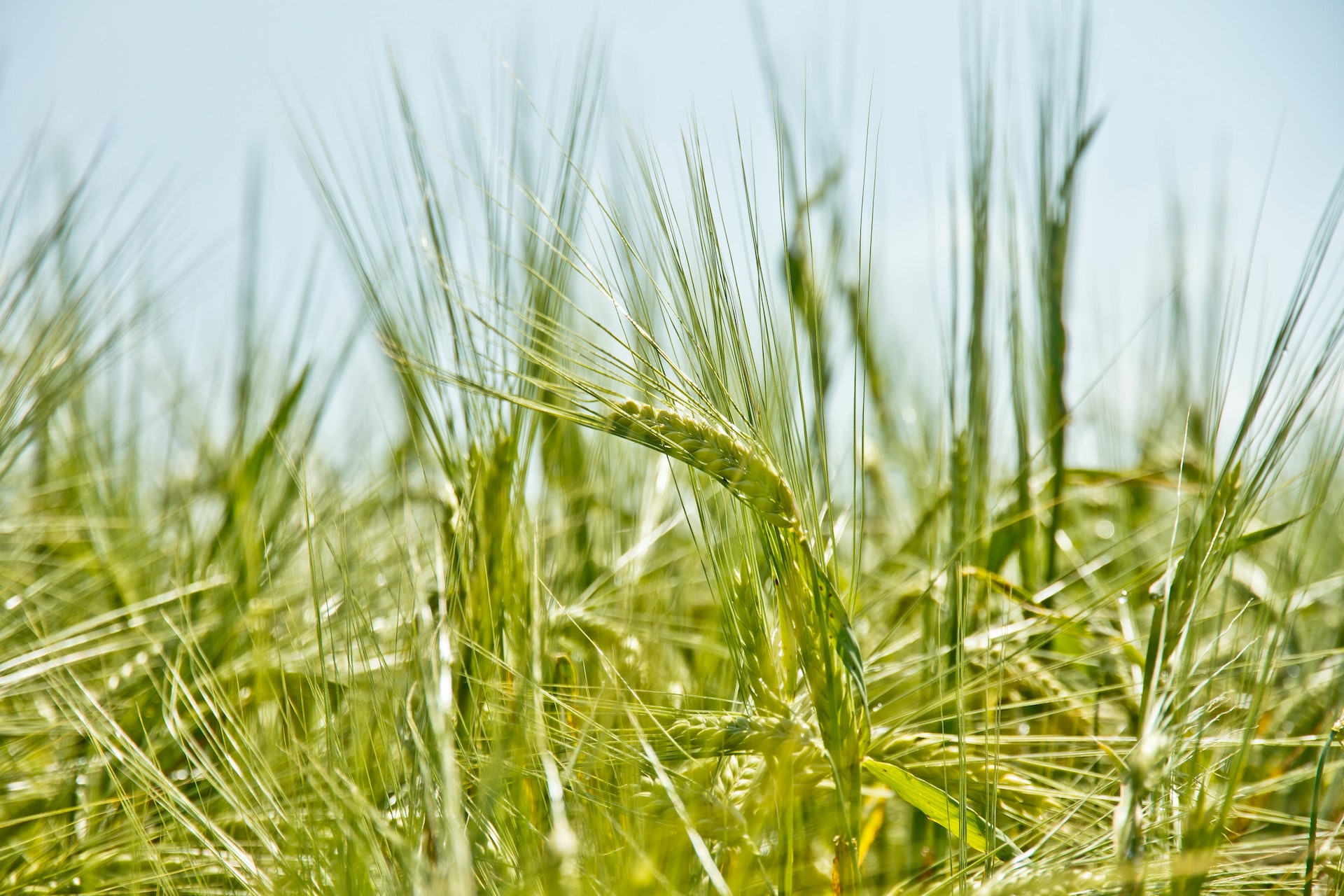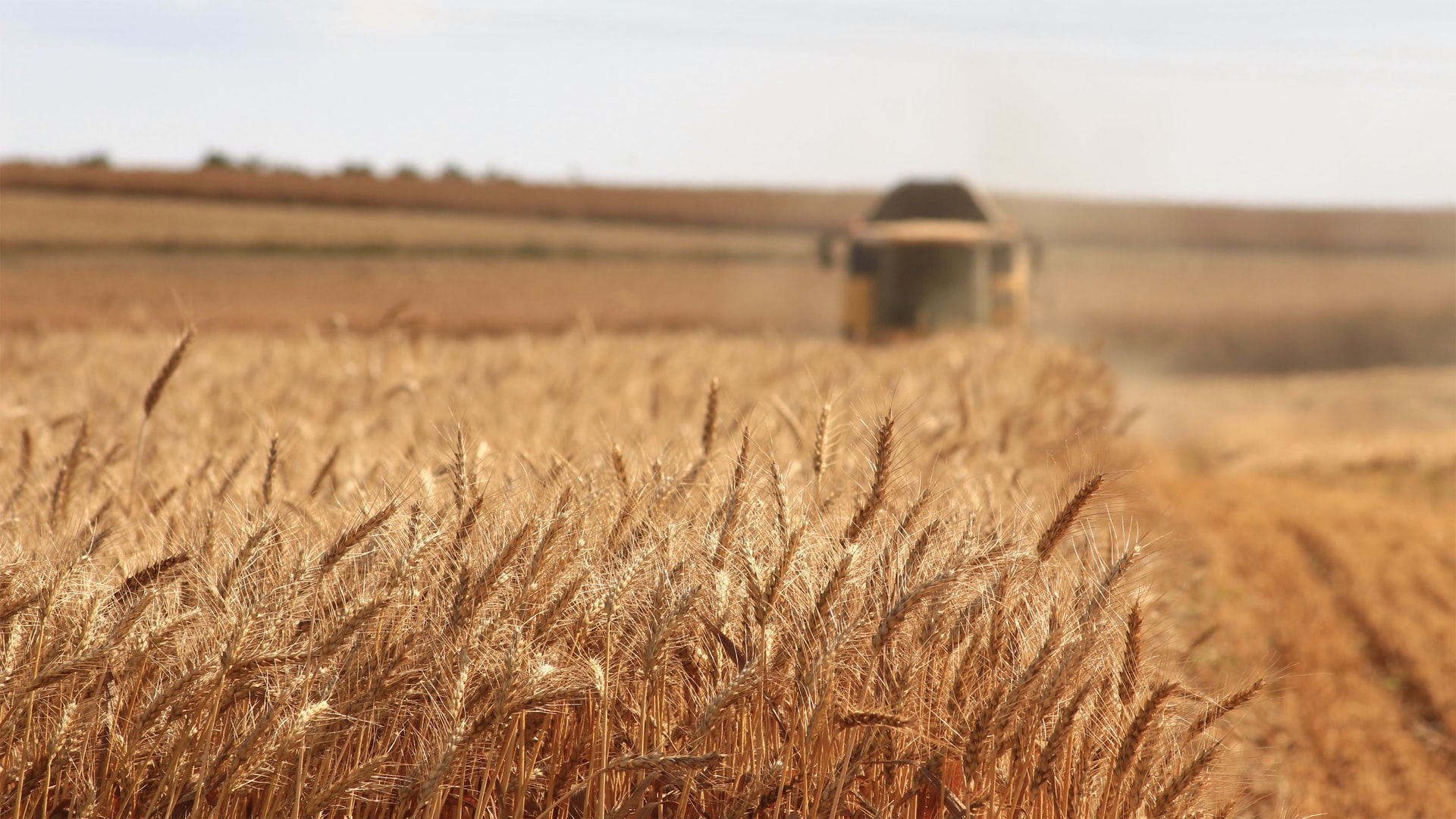Harvest is here
By Darcy Ingram
5th October, 2022
As Australia’s 22/23 winter crop harvest is officially underway on the east coast with the first headers rolling in Central Queensland and although an exciting time for most, this year’s harvest is sure to pose significant challenges to all participants. The relentless rain that plagued much of the northern states throughout Autumn and Winter has left catchments and moisture profiles full to bursting point with most farmers eager to see the tap turn off. Unfortunately, the arrival of Spring has not brought the quick change in weather patterns many had hoped for. So far, rain events across the country remain frequent and cool conditions are making it extremely difficult for paddocks to dry out, impacting crops and preventing access for farmers. Reports of crop disease are growing across the east coast, planes are being well-utilised on otherwise inaccessible country but we will undoubtably see some impact on yields and quality as a result.
Despite the difficult conditions, the excessive wet has also provided significant opportunity for crop production across the country. At the start of September, ABARES forecast Australia’s winter crop at 55.5 million tonnes, which if realised would make it our fourth largest on record. Wheat is expected to reach 32.2 million tonnes, down 11% on last year’s record result but a massive number nonetheless. With more than sufficient sub-soil moisture to finish the crop the focus is quickly shifting to the likely impacts on quality and how to best manage another massive, potentially wet harvest. The difficulties faced throughout Southern Queensland and New South Wales last year are still front of mind for many and those lucky enough to have a crop will be extremely eager to rip it off as quickly and efficiently as possible.
Given the conditions and disease pressure, not to mention a reduction in fertiliser application due to high input costs, expectations are growing that we are more than likely to see a lower percentage of high-quality wheat across the country. New crop grade spreads for high-protein wheat provide some sign of these concerns with H2 and H1 spreads being offered in the ranges of $10-20 and $20-30 respectively. These may appear minimal given the current situation and although last year saw protein wheat prices balloon as rain continued to fall on ripe crops, exporters have been much more reluctant to make milling grade sales due to the unknown nature of the Australian crop this year. Despite this, some intrinsic demand will remain and we could very well see values for certain grades push higher once header activity increases.
The level of uncertainty surrounding harvest is understandably resulting in a cautious approach to forward selling for most this year. The general feel is that Australian farmers will go into harvest relatively undersold in comparison to recent times and the unknown is when and how aggressively they engage in selling once their harvest commences. Early shipping stems are full and the Australian trade will be there to buy but the big question remains can these prices hold if a wave of grain hits the market at once?
Waiting on some harvest clarity

As harvest inches steadily towards us, the marketing crystal ball remains as cloudy as ever, with technical and fundamental factors all conspiring to fog up the glass.
Read MoreSouthern crops benefit from wet conditions

Weather in NSW remains mild and wet, and the majority of weather forecasters predict the trend to continue through to October and November.
Read MoreSpring days getting longer, but the weather risks remain

Spring has officially sprung around New South Wales with flowers bursting everywhere across the state.
Read MoreThe premiership quarter

Spring has sprung and with that arrives finals footy as well as critical time in the calendar for growers and industry alike.
Read MoreWhere is this grain market heading

In the last three months across Australia, cash values for grains and oilseeds have seen way more red trading days than green.
Read MoreHarvest plans critical for another big crop

With spring now only two weeks around the corner and the growing season well underway, crop forecasters are beginning to make their rounds in what is set up to be one of the most challenging crops to pick of recent times.
Read More